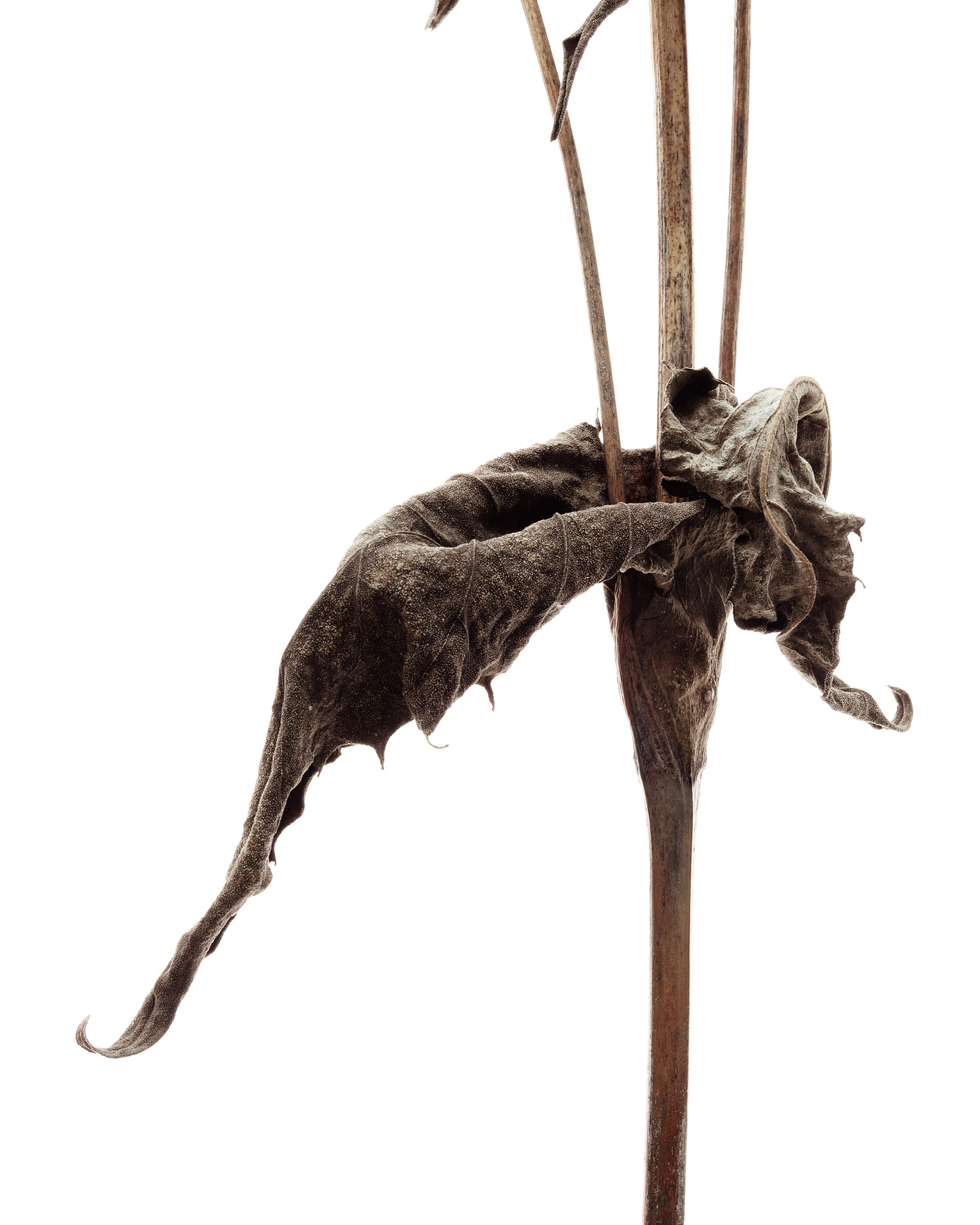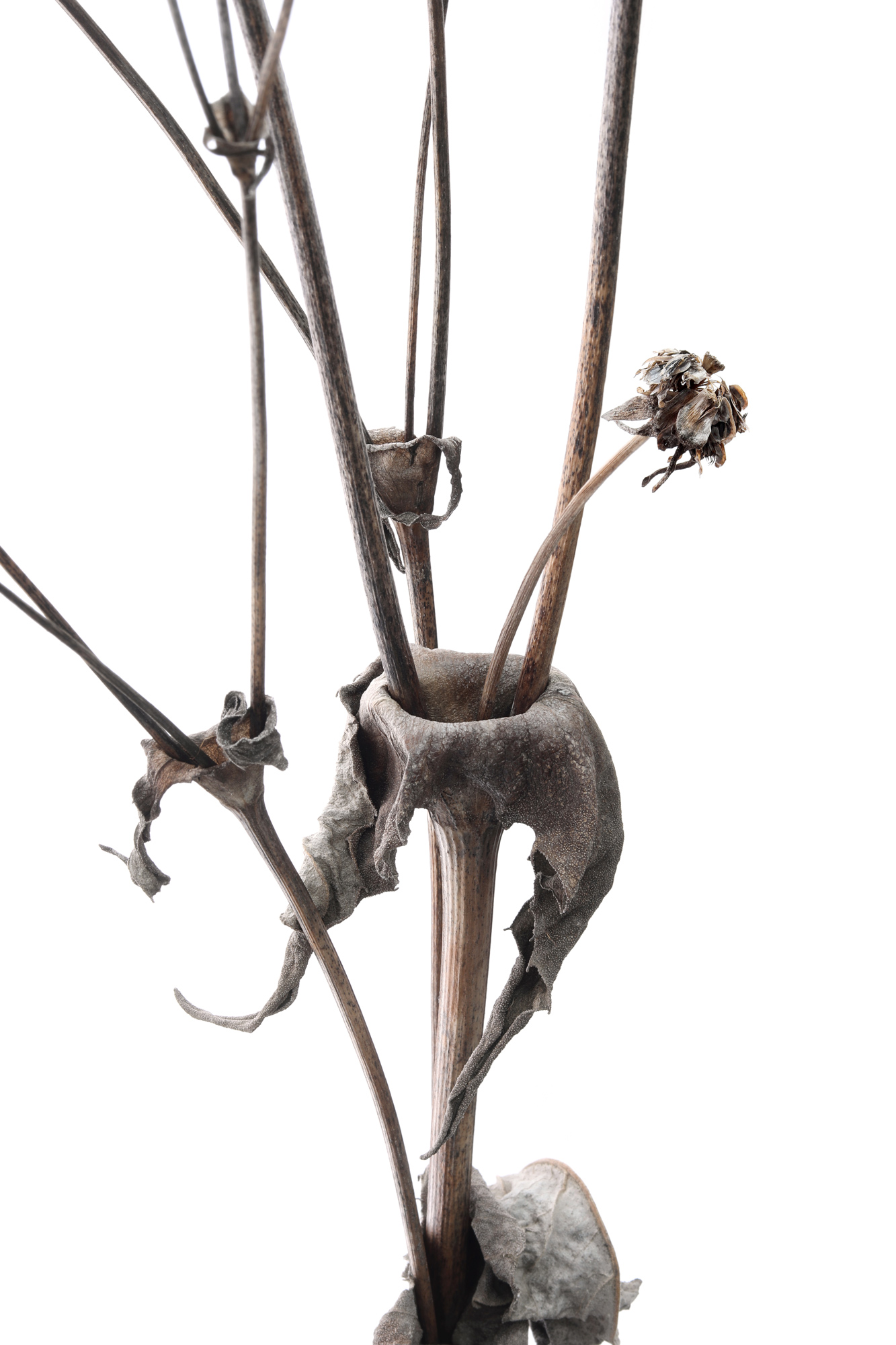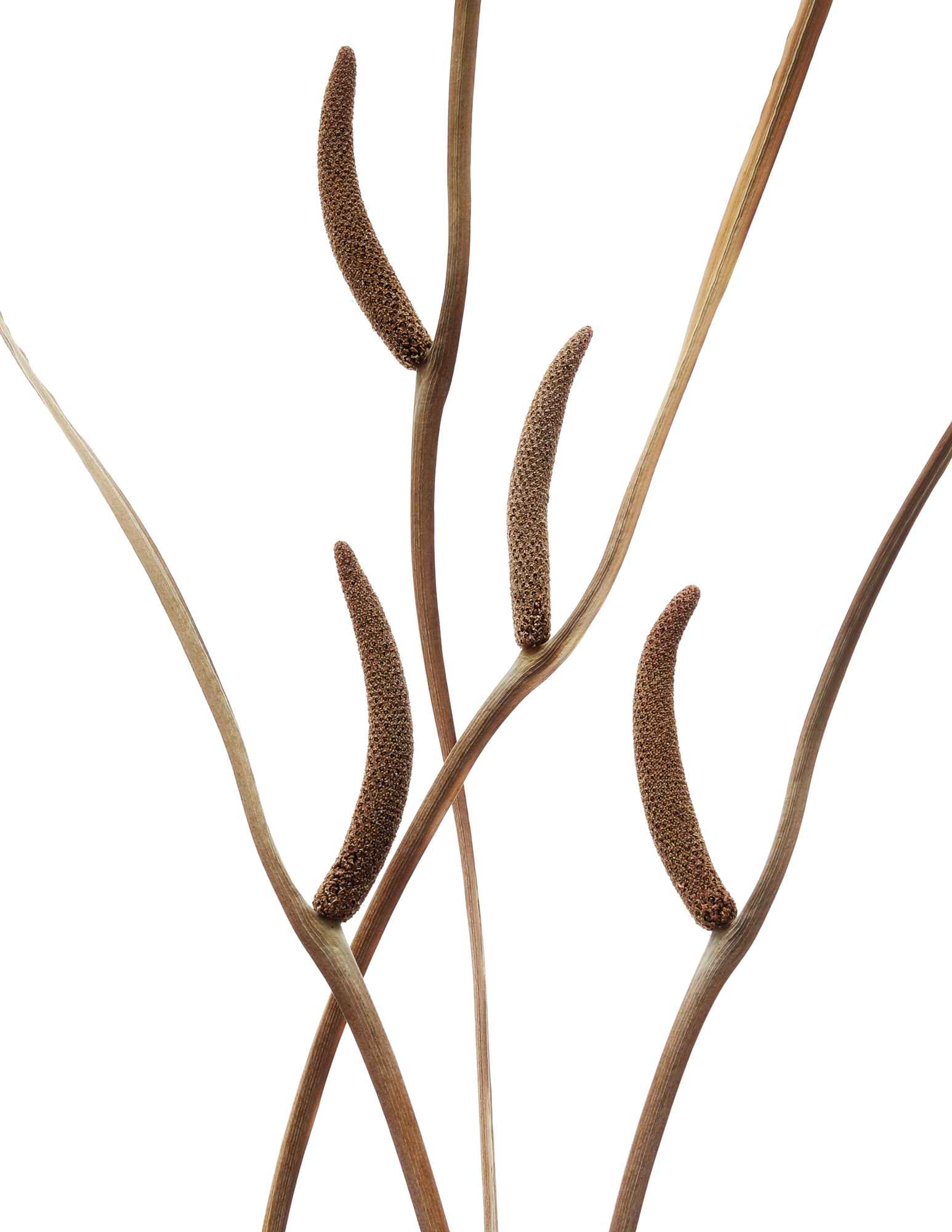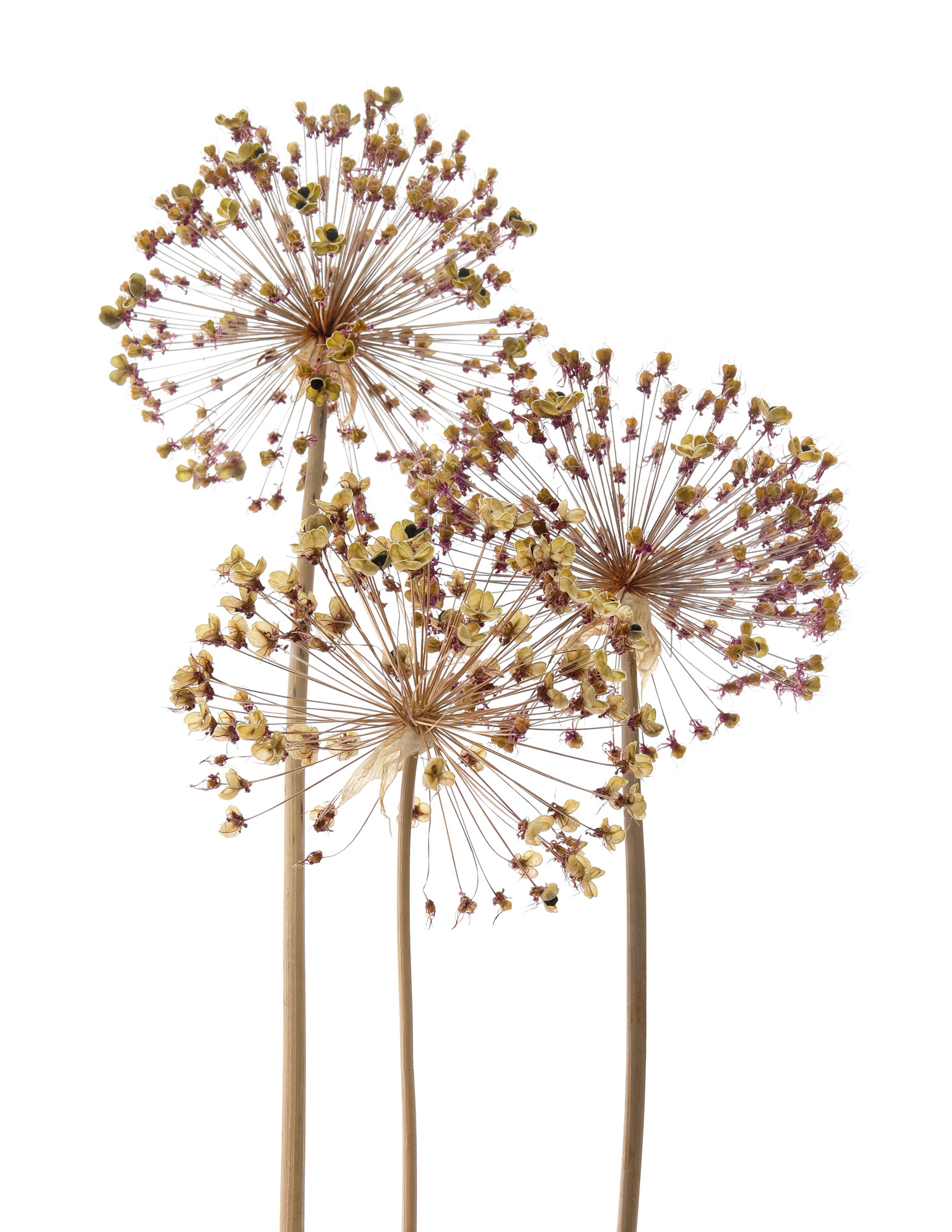
my cup runneth over
One more of this fabulous cup plant. Because, quite frankly, my cup runneth over. I thought when i wrapped up all the back and forth wit my editor on my upcoming STILL book, that I would be less busy. It turns out, instead, that the very week the editor announces that the book is done–the edits are final, the cover is set, and the whole package is off the to the printers–is the same week that she hands you off to the marketing team, so you can begin making your plans for “pub day”. My handoff was two weeks ago, so i guess i had a once week grace period, but now it is off to the races with a whole new team. I love it. But the to-do list is long, and the days are short.
cup plant (Silphium perfoliatum)

ingenuity on display
This is the kind of ingenuity you expect to see in dry, arid regions–leaves that fuse together to capture rain water. But this is not a desert dwelling plant, this structural charmer is native to the eastern United State. The “cups” of water, formed along the stems, are attractive to birds as a water source. The small yellow flowers are attractive to pollinators, and the undersides of the leaves are attractive homes for insects. And that repetitive “Y” branching is attractive to this particular nature lover. I call that a perfect trefecta. Cup plant for the win!
cup plant in winter (Silphium perfoliatum)

right here. right now.
How pleasing is repetition in nature? These stems are so similar yet just different enough to be individually interesting. Several million years of evolution have determined that this plant, in this shape, is the most perfectly tuned for its reproduction and survival. It blows my mind. The millions (billions?) of attempts at minor variations have resulted in this calaums sweet flag looking exactly like this. Right here. Right now.
calamus root stems (Acorus calamus) (sweet flag)
-
Amazingly beautiful and fascinating- my first thought was “unicorn horns”
reply

fireworks for new year’s
Allium stems must be one of the showier winter garden flowers. Once again, these dried winter stems are just as interesting as their summer counterparts imho. Soon the wet snow and wind will strip them of their tethered butterflies ( dried inflorescence). Which again– did you notice? — is an umbel. I know, I know, enough about umbels. But, c’mon, look at this frozen fireworks display. It’s fantastic.
allium in winter
-
Better than fireworks – they’re silent
reply

wetland wonder
We have a lot of wetland in Minnesota. And I know, from a STILL perspective, there is a wonderland of treasures waiting for me there. This sweet flag calamus is a great example. When my friend Christine brought these to me today, my jaw dropped. What in the world? I asked. “It’s native” she said. How in the world could I have not seen this yet? I mean, wetlands are hard to traverse in summer, but in winter they are not. A spandix like that would be hard to miss. Christine gave me a handful of these…so you can expects at least one or two more photos of this striking subject.
calamus root or sweet flag (Acorus calamus)
-
Bet you were doing your happy dance! Its simply beautiful. Can’t wait to see what composition you confidently create next ;-)
reply



https://ko-fi.com/carrentalburgascom